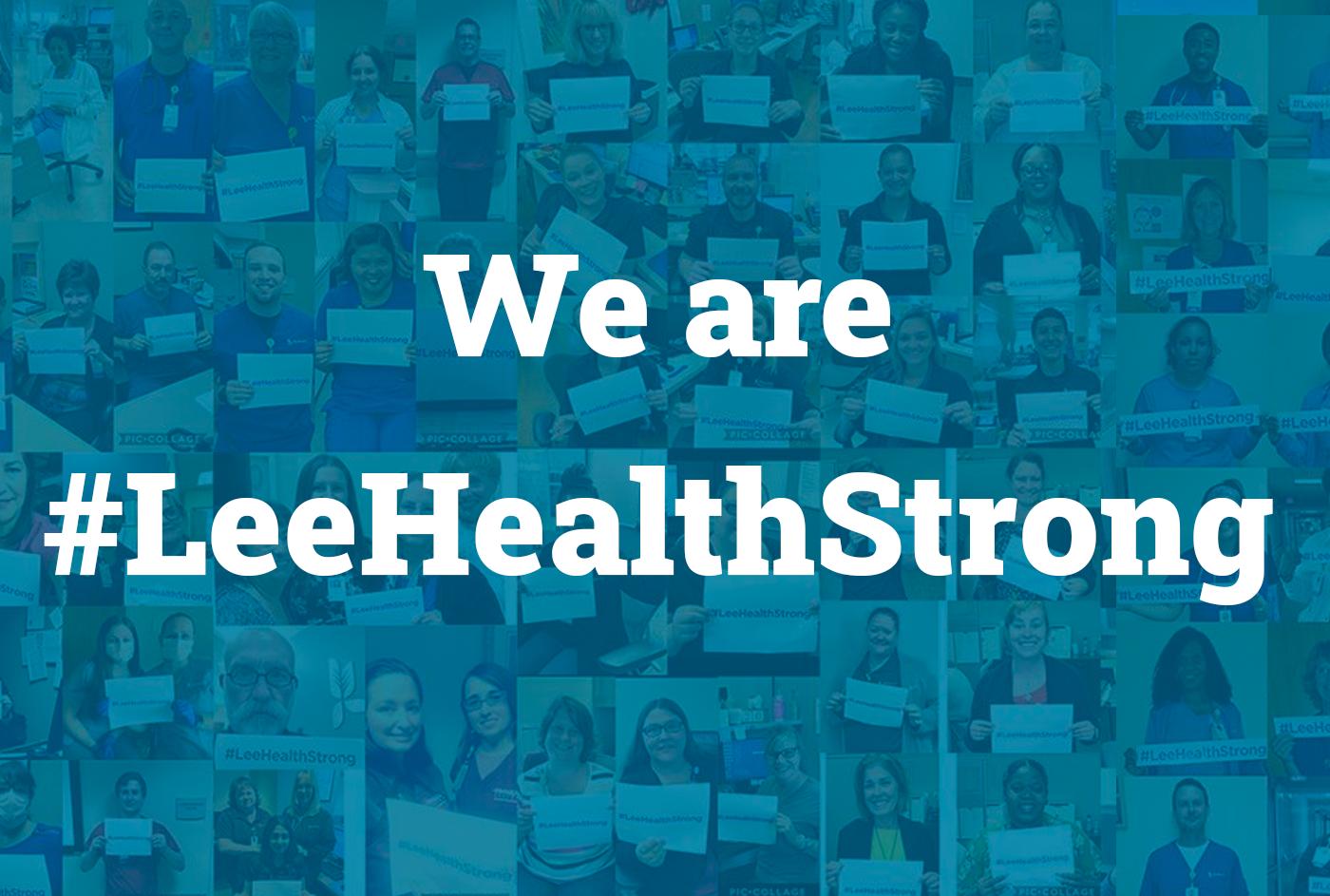
You must meet the eligibility criteria to apply for a HCOP. Eligibility includes economic disadvantage, educational hardship, and a 2.5 GPA. The program focuses on three key milestones in education: preparation for college, stress management, and health disparities. This article will outline the steps required to apply for HCOP. HCOP also has its benefits. This program is designed for you to get the support and tools that you need.
HCOP stands for High-Performance Pipeline Program
Federally funded, the Health Careers Opportunity Program (HCOP), is a grant program that allows underrepresented students to graduate from a school in the health professions. This program helps students from disadvantaged backgrounds to improve their skills and overcome academic obstacles in order to get into the field. HCOP is a program that facilitates education pathways to health professions. It aims to increase college graduation rate and lower educational and financial obstacles for underrepresented students. This program supports college students of the first generation.
The program has become a model for healthcare training for low-income adults. HCOP helps to place more than 100 new jobs every year. The Association of American Medical Colleges (AAMC), U.S. Department of Health and Human Services and Administration for Children and Families support the HCOP program. It encourages participants in setting long-term career goals and pursuing education that leads to a rewarding profession. Hostos LPN certificate, Registered degree, and allied career associate degree programs will provide academic and career guidance for graduates.
It is focused on three key milestones in education
The HCOP provides students from underrepresented backgrounds with a pathway to a career in the health professions through three key educational milestones: high school graduation, acceptance, and retention in a college-level health professions program. The program's statutory authority includes the Funding Preference for the Comprehensive Approach, which emphasizes partnerships between public and private entities to create a competitive applicant pool.

Students with a lower GPA than 2.5 in the first year will be placed on probation. During this period, they will need to improve their GPA by at least 2.5. This program also includes a research component in order to evaluate its effectiveness. HCOP Ambassadors will ask students to take part in research. Participation can be withdrawn at any time.
It prepares participants for college.
The Health Careers Opportunity Program helps students prepare for college. It offers an associate in arts in liberal arts curriculum, with a special focus on mathematics foundations. Students are prepared for health-care careers by taking additional science courses. A program coordinator serves as the academic adviser, and the program includes three hours of structured academic support every week during study sessions. Students receive academic support to improve their SAT scores as well as their academic performance.
It also offers two virtual summer experiences: Health Science Summer Camp (Health Science Summer Bridge Program) and Health Science Summer Camp (Health Science Summer Camp), which assist students in preparing for college. The Bridge Program for health-care-oriented students builds on the foundation of the Bridge Program. Health Careers Opportunity Program hires non-credit teachers to support students, navigate obstacles and apply classroom content.
It improves retention
HCOP is also known as the Health Careers Opportunity Program. It provides grants to non-profit organizations and accredited schools in the health professions, as well as individuals from disadvantaged backgrounds who are interested in pursuing a career working in health care. The program provides funding for projects that will expand opportunities in health professions for those less fortunate. Its objective is to increase retention rates and matriculation for students studying health professions.

HCOP is an $15 million national pipeline program that supports students from disadvantaged backgrounds into the health care industry. This program assists students in reaching the three milestones of high-school, college, and professional schools. HCOP participants are more likely to be able to obtain a degree and get jobs in health care than students from other groups. The program also improves the retention rates for health care students studying in health-related fields like nursing, physician assistants, or pharmacy.
FAQ
Do I need calories to count?
You might wonder, "What's the best diet for me?" or "is counting calories necessary?" The answer to this question depends on many factors, including your current health, your personal goals and preferences, as well as your overall lifestyle.
The Best Diet for Me - Which One is Right For You?
My current health status, personal goals, preferences, and overall lifestyle all play a role in choosing the right diet. There are many different diets, some good and some not so good. Some diets work for some people, while others are not. What should I do then? How do I make a good decision?
This article aims at answering these questions. It begins with an overview of the different diets today. After that, you will learn about the pros and disadvantages of each type. Finally, we'll look into how to choose the best one for you.
Let's start by taking a look at the various types of diets.
Diet Types
There are three types of diets available: ketogenic, high-protein, and low fat. Let's take a look at them all below.
Low Fat Diets
A low-fat diet is one that limits the intake of fats. This is accomplished by decreasing the intake of saturated fats such as butter and cream cheese. You can replace them with unsaturated oils (olive oil and avocados) A low fat diet is often recommended for those who want to lose weight quickly and easily. This kind of diet could cause problems like constipation or heartburn and indigestion. Vitamin deficiencies can also occur if the person doesn't get enough vitamins through their diet.
High Protein Diets
High protein diets reduce carbohydrates to favor of proteins. These diets have higher protein levels than other diets. These diets are designed to build muscle mass and help you burn more calories. One problem is that they might not be sufficient to provide regular nutrition. They are also very restrictive, so they might not be appropriate for everyone.
Ketogenic Diets
Ketogenic diets are also known as keto diets. They are high in fat, moderately high in protein and low in carbohydrates. They are typically used by athletes and bodybuilders because they allow them to train harder and longer without getting tired. To avoid side effects such as fatigue, nausea, headaches, or other unpleasant side effects, you must strictly adhere to their instructions.
What are the ten best foods to eat in America?
These are the 10 best foods to try:
-
Avocados
-
Berries
-
Broccoli
-
Cauliflower
-
Eggs
-
Fish
-
Grains
-
Nuts
-
Oats
-
Salmon
How often should I exercise?
A healthy lifestyle requires regular exercise. However, there isn't a set amount of time you must spend working out. The key is finding something you enjoy and stick with it.
When you exercise three times per week, aim for 20-30 minutes moderate intensity. Moderate intensity means that you will still be working hard even after your workout is over. This type works out burns around 300 calories.
For those who prefer to walk, you can go for 10-minute walks four times a week. Walking is low in impact and easy for your joints.
Jogging three times a week for 15 mins is enough if you want to run. Running is a great way to burn off excess calories and build muscle tone.
You can start slow if you're new to exercise. Start by doing 5 minutes of cardio each day, a few times per week. Gradually increase duration until you achieve your goal.
How does weight change with age?
How do you determine if your bodyweight is changing?
A person who has less body fat than their muscle mass will experience weight loss. This means that you must consume more calories than you use daily. Activity levels are the most common reason for weight loss. You can also lose weight due to stress, illness, pregnancy, hormonal imbalances and certain medications. Weight gain is when there are more calories than muscle mass. It happens when people eat more calories than they use during a given day. There are many reasons for this, including overeating and increased physical activity.
The main reason why our bodies lose weight is because we consume fewer calories than we burn. When we exercise regularly, we increase our metabolism rate which burns off more calories throughout the day. This doesn't necessarily mean we will lose weight. What matters is whether we are losing fat or building muscle. If we are burning more calories than what we eat, then we will lose weight. But, if we consume far more calories than what we burn, then we actually store them as fat.
As we grow older, we tend to become slower at moving around and therefore we don't move as much. We also tend have less food to eat than when our children were young. This is why we tend to gain weight. On the other hand, we have more muscle mass and look larger than we actually are.
Without weighing yourself each week, there is no way to know how much weight you have lost. There are many options for measuring your weight. You can measure your waist, hips and thighs as well as your arms. Some prefer to use the bathroom scales, others prefer to use tape measures.
Track your progress by measuring your waistline and weighing yourself every week. To track your progress, you can also take photos every few months of yourself to see how far it has come.
You can also find out how much you weigh by looking up your height and weight online. For example, if you're 5'10" tall and weigh 180 pounds, you'd probably weigh 180 pounds.
Are there 5 ways to have a healthy lifestyle?
Living a healthy lifestyle involves eating right and exercising regularly. Healthy eating means avoiding sugary and processed foods. Exercise helps burn calories and strengthens muscles. Sleeping enough is good for memory and concentration. Stress management helps reduce anxiety and depression. Fun is the key to keeping us healthy and happy.
What can you do for your immune system to improve?
The human body is made up of trillions and trillions of cells. Each cell works together to create organs and tissues that fulfill specific functions. One cell is replaced by another when it dies. Hormones, which are chemical signals that allow cells to communicate with one another, enable them to do so. Hormones control all bodily functions, including growth, development, metabolism, immunity and immune system.
Hormones can be described as chemicals produced by glands in the body. They travel through bloodstreams and act as messengers that control the function of our bodies. Some hormones are produced internally while others are made outside of the body.
Hormone production begins when a hormone-producing gland releases its contents into the bloodstream. Once released, hormones move through the body until they reach their target organ. In some cases hormones can remain active for only a few hours. Others hormones are more active and have a longer life expectancy. They can still influence the body's functions long after they are eliminated from the bloodstream.
Some hormones can only be produced in large quantities. Others are produced in small amounts.
Some hormones only are produced during certain periods of life. For example, estrogen can be produced during puberty or pregnancy. Estrogen assists women with breast development, bone density, and osteoporosis prevention. It promotes hair growth as well as keeping skin soft and smooth.
Statistics
- In both adults and children, the intake of free sugars should be reduced to less than 10% of total energy intake. (who.int)
- WHO recommends reducing saturated fats to less than 10% of total energy intake; reducing trans-fats to less than 1% of total energy intake; and replacing both saturated fats and trans-fats to unsaturated fats. (who.int)
- nutrients.[17]X Research sourceWhole grains to try include: 100% whole wheat pasta and bread, brown rice, whole grain oats, farro, millet, quinoa, and barley. (wikihow.com)
- The Dietary Guidelines for Americans recommend keeping added sugar intake below 10% of your daily calorie intake, while the World Health Organization recommends slashing added sugars to 5% or less of your daily calories for optimal health (59Trusted (healthline.com)
External Links
How To
How to keep yourself motivated to exercise and eat well
Here are some motivational tips to stay healthy
Motivational Tips for Staying Healthy
-
Create a list of your goals
-
Realistic goals
-
Be consistent
-
Recognize yourself for achieving your goal
-
If you fail the first time, don't lose heart
-
Have fun